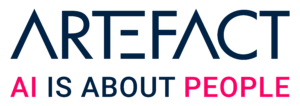AI is rapidly evolving toward a future where users no longer think about models, modes, or tools. Instead, systems are becoming dynamically adaptive—automatically adjusting reasoning depth, selecting the right tools, and managing resources in real time based on task complexity.
What was once a fragmented landscape—separate models for different tasks, manual switching between functions—is converging into unified, autonomous intelligence.
This marks the end of AI as a collection of discrete capabilities and the rise of AI as an integrated, fluid experience. As Satya Nadella succinctly put it:
“The models are getting commoditized. OpenAI is not a model company—it’s a product company.”
The model itself is no longer the differentiator. What matters now is how intelligently capabilities are orchestrated, and how seamlessly they are embedded into workflows.
This shift is already visible. Claude 3.7 Sonnet handles both simple and complex reasoning in a unified experience. GPT-powered ChatGPT now autonomously decides when to trigger tools like web search, without user instruction. The direction is clear: reduce friction, simplify interaction, and let the system manage complexity.
Two recent developments make this transformation tangible:
- Manus shows how this vision translates into product design. It combines research, automation, and visual reasoning, with automatic orchestration behind the scenes. Users don’t know (or need to know) which model or tool is working; they simply interact with a system that delivers. Manus doesn’t even use its own foundation model—it builds on Claude Sonnet—proving that value lies in experience design, not model ownership.
- OpenAI’s Responses API brings the same logic to developer tooling. It allows teams to build agentic applications with reasoning, tool use (search, file retrieval, computer actions), and multi-step workflows—all through a single, unified interface. No more stitching together APIs or managing complexity: the orchestration is automatic.
The AI race is no longer about building better models; it’s about building better systems.
Models are becoming commodities. The real winners won’t be those with the smartest AI, but those who make AI disappear—seamlessly integrated, effortlessly powerful.
In this future, power won’t come from owning the model, but from mastering orchestration and experience design.
Learn more on the latest evolution of AI by subscribing to our Gen AI newsletter.

 BLOG
BLOG




